|
Di seguito gli interventi pubblicati in questa sezione, in ordine cronologico.
Delicious!
Ingredients:
1/2 gram of Finely Ground Cannabis (decarboxylized)
1 Cup Whole Milk
1/2 Cup Light Cream
1 Serving Hot Chocolate Mix
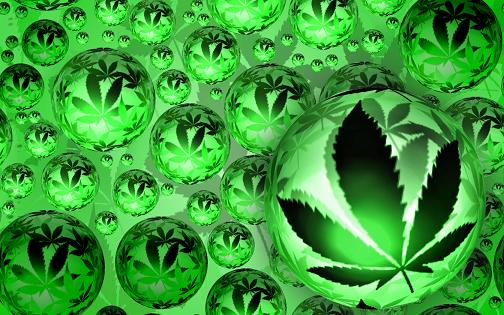
Directions:
- Decarboxylize the Finely ground Cannabis in an oven or toaster oven. Pre-heat oven to 270 degrees fahrenheit. Bake on a sheet of tin foil for 15 minutes. (This is to convert remaining THCA into the psychoactive THC) The Cannabis will steam and smell during this process but that is normal. Also it will turn brown, which is also normal.
- Mix the Whole Milk and the Light Cream in a pan on a LOW heat.
- Add the Finely Ground Cannabis.
- Simmer for 30 minutes. If the milk boils a little, dont worry, just take it off the heat until it cools down a little then put it back on.
-Strain into mug and sqeeze out the cannabis to get all the milk out.
-Add Hot Chocolate Mix.
Source: CookingWithCannabis
2 Cups fresh ground hempseeds
1/2 cup finely chopped green pepper
1/2 cup finely chopped onion
1 Tbsp minced garlic
2 Tbsp chopped parsley
1/4 cup good olive oil
1 beaten egg (optional)
water (1-3 Tbsp)
flour, salt, pepper
Louisiana Hot Sauce
oil for frying

Mix hemp seeds with peppers, onion, garlic, parsley and toss in olive oil. Add hot sauce to taste. Add egg and/or water until mixture is wet enough to shape into balls. Squeeze together. The egg may keep mixture together better but is not necessary. Roll in flour with salt and pepper to taste. Heat 2 Tbsp oil in heavy skillet over medium heat. Gently brown hempseed balls on all sides for 8 to ten minutes. Serve alone with dip, or in pita pockets with garlic yogurt sauce and a little sliced onion, cucumber, lettuce.
Source: CookingWithCannabis
4 large potatoes
4 tablespoons light brown sugar
1/4 cup sour cream
1/4 cup CannaButter
salt and pepper to taste
bacon bits(optional)
scallions (optional)
cheese (optional)
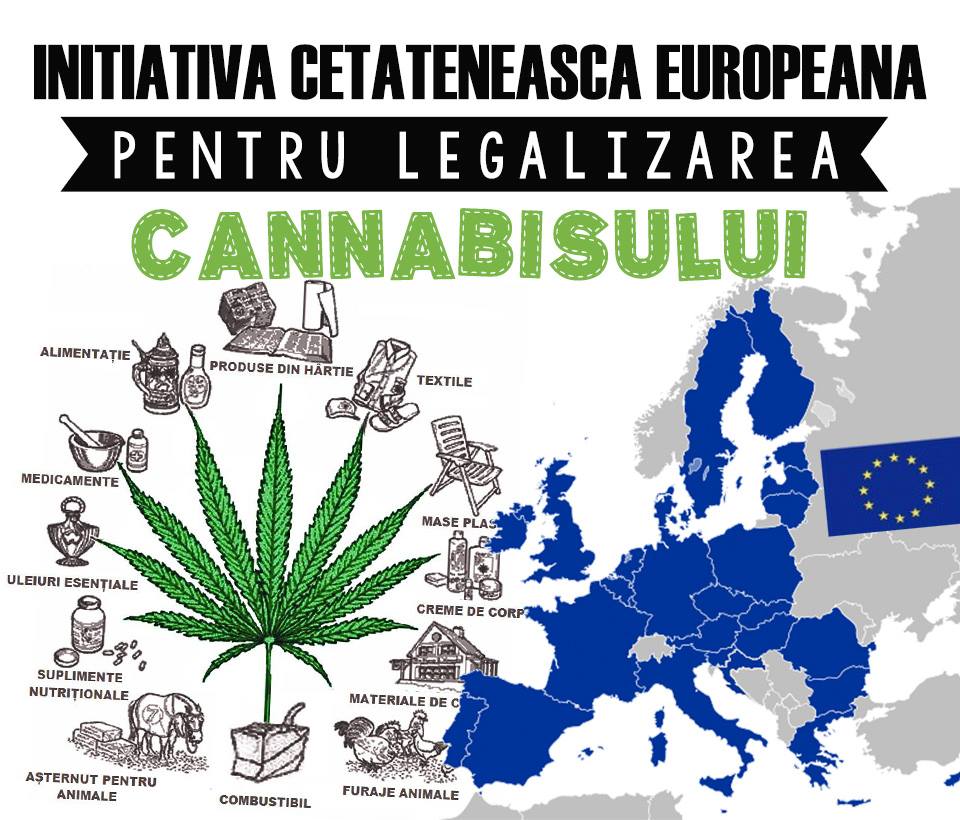
Directions:
Preheat oven to 375 degrees.Place potatoes on a baking sheet and bake until tender (about an hour). Remove from oven and allow the potatoes to cool. Cut off the top of each potato, lengthwise. Scoop out the insides while making sure the skin still holds its shape. Mix the scooped potato flesh, sour cream, CannaButter, salt and pepper together. Mix until very smooth. Stuff the potato mixture back into the potato skins. Bake in oven for 10
minutes or until tops begin to brown. Add toppings as desired.
Source: CookingWithCannabis
Ingredients:
2 cups flour
1 package active yeast
3/4 cup milk
6 tablespoons vegetable shortening
6 tablespoons sugar
1/4 teaspoon salt
1 egg
1/2 cup sliced almonds
2 tablespoons cannabis butter (melted)
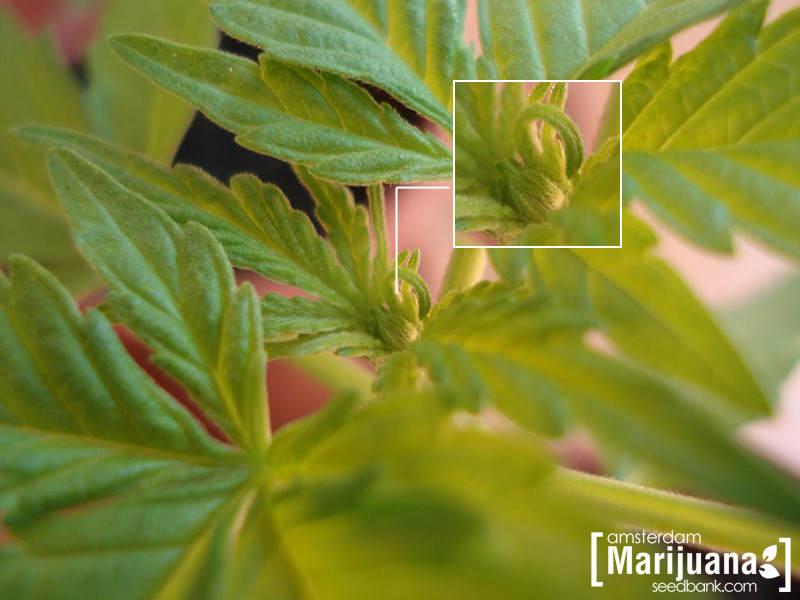
Directions:
In a medium bowl, combine 1 cup of the flour and the package of active yeast. Set aside.
In a medium saucepan, heat the milk, vegetable shortening and 4 tablespoons of the sugar. Stir until vegetable shortening softens.
Add wet ingredients to yeast and flour mixture. Add the egg and beat with electric mixer for 1 minute. Scrape sides well and continue beating for 3-5 minutes. Stir in the remaining flour to create a pliable dough.
Grease a round baking pan (8-9 inch) or spray with non-stick cooking spray. Turn dough into baking pan. Sprinkle the top of the dough with remaining sugar and sliced almonds. Cover with a clean, damp dishcloth to allow dough to rise-usually about 1 hour.
Preheat oven to 375°F. Drizzle melted cannabis butter over risen dough. Bake for 17-20 minutes. Enjoy.
Source: CookingWithCannabis
Wake Up!
Good morning!
Central Scrutinizer Here!
If you have not already done so I would suggest that you get off your butt and register to VOTE so you can vote in one of the most IMPORTANT ELECTIONS to occur in Florida in decades!
Monday October 6th will be the last day you will be allowed to register and express your rights!
YOU can register until midnight October 6th ONLINE.
BECAUSE I GOT HIGH is not an excuse! There are no excuses. You are liable! You have the Constitutional RIGHT to 'speak your piece'.
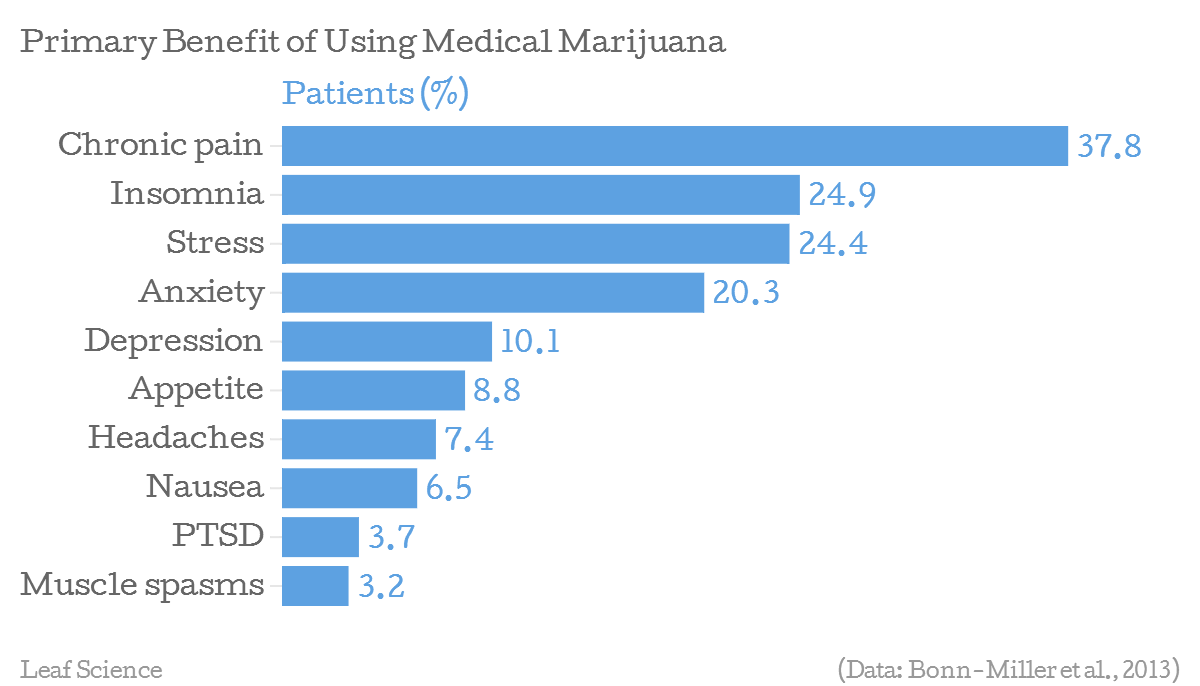
Even if you could care less about the Legalization of MEDICAL MARIJUANA, think about the millions whose health problems can benefit from your single vote!
Pharmaceuticals are not the miracles portrayed.
The Creator gave us a miracle and it grows in your own backyards!
Cannabis is the answer!
Let your vote be counted!
NOVEMBER 6th 2014
Vote to Legalize MEDICAL MARIJUANA in Florida. Do your part!
Nuff said....
It is your right and responsibility and an opportunity to help your fellow man. It could be your vote that puts us over the line.
VOTE TO LEGALIZE MEDICAL MARIJUANA!
Danny Storms
Vote to Legalize MEDICAL MARIJUANA in Florida. Do your part! YOU can register until midnight October 6th ONLINE.
Monsanto has been lobbying the Mexican government to approve genetically engineered crops and bee-killing pesticides in the Yucatan, one of the biggest honey producing regions in the world.
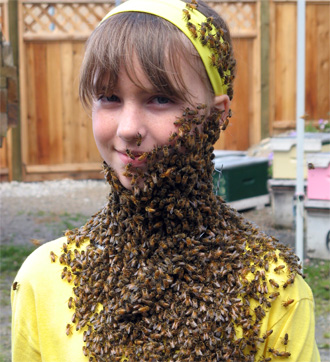
With honeybees already dying in massive numbers due to the overuse of pesticides, this could be the final nail in the coffin for Mexico's bees.
But the beekeepers are fighting back and just scored a major legal victory over Monsanto and its bee-killing pesticides. Now we need to build on their victory, and take this inspiring fight against Monsanto global.

Monsanto's annual shareholder meeting is the perfect oppotunity to demand it stops pushing its bee-killing pesticides. Can you chip in $1 to help organize Monsanto shareholders and beekeepers to speak out?
Click here to chip in $1 to help defend the Yucatan’s honeybees from Monsanto's GMO crops and pesticides.
Bee colonies have been mysteriously collapsing all over the world, and scientists believe that pesticides are the prime culprit. But the Yucatan is of the few places in the world where honeybees continue to thrive.
Mexico is the world’s sixth biggest exporter of honey. If you live in Europe or North America, there’s a good chance your honey comes from Mexico. If the bees go, you can kiss your honey goodbye.
Mexico’s constitution requires that indigenous farmers be involved in any major change in agriculture policy. But Mexico’s agriculture ministry skirted the law when they approved the introduction of Monsanto’s GMO crops and pesticides.
So while the beekeepers have the law on their side, it’ll be a long term fight. But if Monsanto's shareholders stand up to the company, and even urge them to drop these costly appeals, we can win.
Can you chip in $1 to support the beekeepers’ fight with Monsanto?
Marijuana users have reason to worry when it comes to taking a drug test. Marijuana is known to stay in the system for much longer than other drugs. What's more, the window of detection for THC is often unpredictable.
While infrequent users are usually clear within 3-4 days, a new study suggests that heavy users can still test positive on blood and urine tests following more than 2 weeks of abstinence.
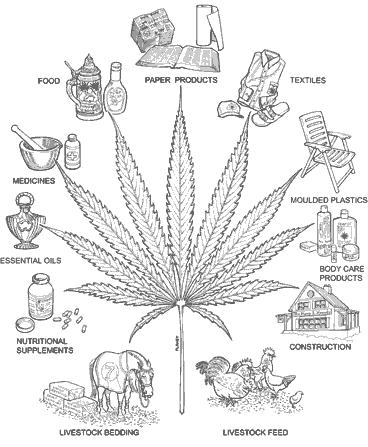
To conduct the study, researchers recruited a group of 39 marijuana smokers who had used marijuana "daily or almost daily" for 6 months prior. The group was asked to submit to blood and urine tests during the detoxification process.
By the end of the study, more than half of blood and urine samples submitted still contained enough THC to trigger a positive reading on standard drug screens.
Blood and Urine THC
After 16 days, 16 out of 23 urine samples still contained more than 50 ng/mL of THC-COOH, a THC metabolite that shows up in urine. 50 ng/mL is a common cutoff used for urine screens. THC-COOH levels among positive samples ranged from 51 to 141 ng/mL.
When researchers looked at THC levels in blood, 11 out of 20 samples still contained more than 1 ng/mL of THC. Blood samples that tested positive for THC ranged from 1.3 to 6.4 ng/mL in concentration. However, 1 ng/mL is lower than most cutoffs used for blood screens.
Overall, the results seem to confirm the findings of previous studies, which show that THC can linger in the system for weeks — sometimes even months — after last use. The study also confirms that the detection period for each individual is often unique.
Symptoms of Withdrawal
The reason why marijuana can be detected for so long after last use is because THC is stored in the body's fat tissues. When you stop using marijuana after a period of heavy use, this THC is slowly released over time.
But, interesting enough, the amount of THC left in one's system doesn't appear to correlate with symptoms of cannabis withdrawal.
In the study, researchers tracked the severity of symptoms that subjects experienced after quitting marijuana. Common symptoms included craving, nervousness, irritability and sleep problems. Symptoms of withdrawal peaked for most subjects on day 4 and were more severe in women than men.
The severity of symptoms in general was not related to the amount of THC remaining in one's system. However, according to the researchers, one symptom of withdrawal that seemed to predict the amount of THC in a person's system was "strange dreams."
Source: LeafScience
As you might know, we from TurismoAssociati.it are creating free certified applications for Windows Phone and we're having a Store on the Microsoft website where you can browse or download the useful, fun and educational apps: HERE IS THE LINK.
But today I want to present to you, our reader, an app created by another serious developer named Clickland.
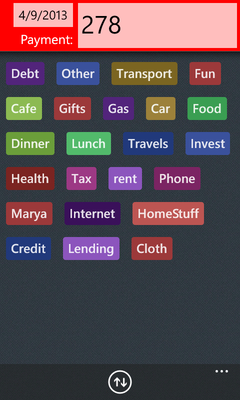
Monetal, HERE IS THE LINK TO THE STORE, is the first finance/money tracker with multiple devices support for WP. It's really an useful and intuitive application. Personally, I've been using it for the last 12 months finding it's convenience more than welcomed on any smartphone or tablet using a WindowsPhone Operating System.
The first feature is it attracts wealth. It really does. One important rule of economy is keeping track of the expenses during the tax year, and this app just provides you the tools to keep sufficient records of your purchases during any day, week or month.
The great Groucho Marx once said: "Marriage is a wonderful institution, but who wants to live in an institution?". I'll say, married or not, you want to always have available a detailed payment history where you can consider in real time your costs, revenues or debts and to assess budgets of the different currency accounts.
The absolutely free version with no ads invites you to purchase the other two versions of the best WP7 and WP8 finance tracker ever for few extra bucks.
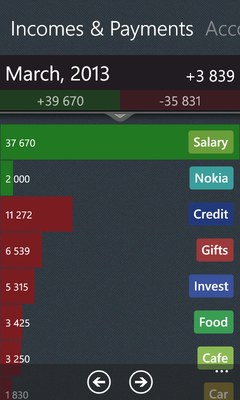
The app has instant loading and one can add a transaction with only 3 clicks. To start using Monetal, fist of all, you have to create one or more accounts by tapping the "+" button on the main screen; then type the name of the new account, its current balance and select a currency.
When you create a transaction hold your finger on the selected category and you will be prompted to add a note.
You can upload reports and create backups of your transactions to OneDrive. Don't forget that updating the app will help you find the currencies you need during your world travelling (first of all we've noticed that some time ago there was no romanian RON or LEU available to choose).
Here are some other lovely features: set access password, show balance on the live tile, set reminders or show decimals (or you can forget about the coins).
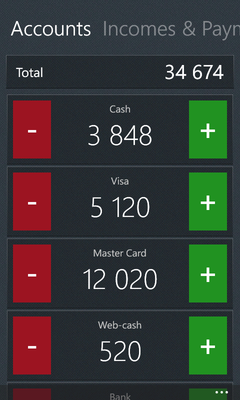
So my advice to you all is: try Monetal app so you can compare the incomes and the payments and see if in any given period of transactions, your average income per day will be greater than the average expense per day. The application will show this information!
Don't forget: Monetal is charged with positive energy!
Ford Turani for Turismo Associati . it
According to the World Health Organization, marijuana is the most popular recreational drug worldwide. However, unlike many other recreational drugs, marijuana is widely used as a medicine as well.
This fact, along with marijuana's legal status, has led to much confusion over the differences between medical marijuana and recreational marijuana.
If you're feeling a bit puzzled yourself, here are a few things to consider.
1. The earliest use of marijuana was in medicine.
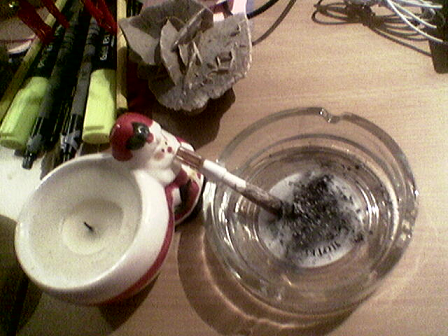
Critics often argue that marijuana's medical benefits are exaggerated by people who just want to use it for fun. But this is far from the truth.
In fact, the earliest records of marijuana come from ancient Chinese and Indian medical texts, in which the plant was described as a medicine with many uses. Some of these uses, such as arthritis and pain management, represent the most common conditions that marijuana is prescribed for today.
Likewise, recent surveys show that a majority of doctors believe cannabis still has a place in modern medicine.
2. Some types of marijuana can get you high.
It's true that marijuana is often used to get high, which is why it is labeled a recreational drug. The high is caused by a single chemical in marijuana known as tetrahydrocannabinol (THC).
THC acts on different parts of the brain to create a feeling of euphoria or pleasure. THC also stimulates appetite and sleep, and is known to enhance certain sensations such as smell, taste and temperature.
Over the past few decades, THC levels in marijuana have skyrocketed due to demand from recreational users.
But while ingesting THC may be fun for some users, experts believe the high can have medical benefit as well. For instance, euphoria may be a desirable effect for patients undergoing palliative care or for those who suffer from chronic pain.
3. Other types of marijuana cannot.
Contrary to popular belief, not all types of marijuana are psychoactive. In other words, some types of cannabis simply won't get you high, no matter how much of it you ingest.
These varieties of cannabis contain small amounts of THC. But they are usually rich in a different chemical called cannabidiol (CBD).
Due to its inability to get users high, CBD has received a lot of attention as a medicine. For example, CBD-rich cannabis is thought to be more useful in certain situations, such as when being administered to children.
Studies show that CBD-rich cannabis may have unique medical benefits as well. Recently, CBD-rich cannabis has been studied as a treatment for schizophrenia and rare forms of epilepsy.
4. Recreational use may be a sign of something else.
Recreational drug use continues to be a subject of debate among health professionals and policymakers alike. To this day, many can't agree whether drug use should be treated as a crime or a health problem.
But when it comes to an individual's use of drugs — whether legal or illicit — it's important to be aware of something called self-medication. Self-medication happens when someone uses a drug for therapeutic purposes without professional supervision.
People who self-medicate are often unaware that their substance use is linked to an underlying medical condition. In the case of marijuana, this could be anything among a long list of disorders, including less obvious conditions like insomnia or depression. These individuals may view their drug use as recreational rather than medical.
Since marijuana remains prohibited in many countries around the world, marijuana is often used without the consent or knowledge of a doctor. This only raises the chance that someone may be self-medicating with marijuana.
Overall, without wider acceptance of marijuana, separating medical use from recreational will likely remain a difficult task.
Source: LeafScience
As the debate over legalizing marijuana heats up, many continue to dispute the value of marijuana as a treatment for various ailments. But, as the following facts show, history tells a much clearer story.
1. The earliest record of medical marijuana comes from ancient China.
In 2737 BC, Chinese Emperor Shennong wrote a book on medicine that included cannabis as a treatment for many conditions. According to ancient Chinese texts, cannabis was thought to be helpful for constipation, gout, rheumatism and absent-mindedness.
Interestingly, Shennong was not only an emperor but a pharmacologist as well. He was said to have tried hundreds of herbs on himself in order to test their medical value.
2. Ancient Egyptians were the first to use cannabis as a treatment for tumors.
The 2nd century Fayyum Medical Papyrus, an ancient Egyptian text, is believed to contain the earliest record of cannabis as an ingredient in cancer medicine.

While little is known about the successes of ancient Egyptian cancer treatments, cannabis continues to receive significant interest as a cancer therapy today.
3. Cannabis was used as a veterinary medicine in ancient Greece.
The ancient Greeks used cannabis to dress wounds and sores on their horses after battle. The plant was also given to humans for a variety of ailments, including ear pain and inflammation.
Interestingly, the practice of medical cannabis is believed to have spread to Arabic countries from ancient Greece.
4. Medical marijuana was introduced to Western medicine in the mid-1800s.
Label of 19th century cannabis extract made by Eli Lilly (Photo: Wikimedia Commons)
In the 1830s, an Irish physician by the name of William Brooke O'Shaughnessy observed the use of medical marijuana during a trip to India.
After studying its effects, he introduced cannabis to physicians in England as a treatment for a wide range of conditions, including muscle spasms, rheumatism, epilepsy and pain. As early reports of its effectiveness were published, the popularity of cannabis-based medicines quickly spread across Europe and North America.
5. The name 'indica' refers to Indian cannabis.
The name Cannabis indica was originally thought up by a French biologist in 1785. Jean-Baptiste Lamarck was also visiting India when he observed a difference between locally-grown cannabis and its European cousin, the hemp plant.
European hemp was mostly used for agricultural purposes and was known at the time as Cannabis sativa. Lamarck decided to classify the Indian species separately, giving it the name Cannabis indica.
6. Cannabis was listed in the United States Pharmacopeia from 1851 until 1941.
The United States Pharmacopeia (USP) provides a list of acceptable medical products each year, and cannabis was recognized in many of its earliest editions. But while cannabis preparations were widely prescribed in the late 1800s, they began to be replaced by synthetic drugs during the 20th century.
Leading up to and following the passage of the 1937 Marihuana Tax Act, prescribing cannabis became increasingly difficult and its once-prominent role in Western medicine was soon forgotten. Cannabis was removed from the USP in 1942 and has never appeared since.
Source: LeafScience
|